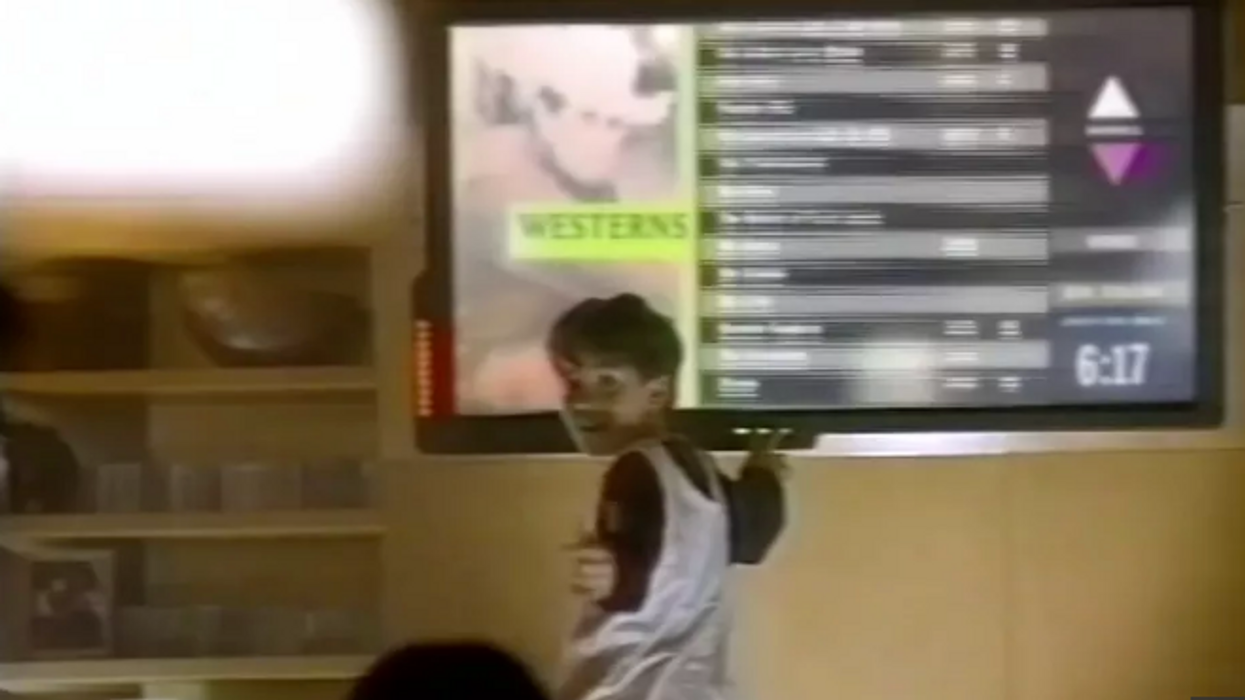
Around those two simple words communications giant AT&T built an ad campaign that was effectively Nostradamus.
Director David Fincher had already made many groundbreaking music videos, we even anointed him the music video director G.O.A.T. He was also a prolific director of commercials, and you can see many of his signature techniques at work in the "You will..." ads.
The campaign somehow managed to predict almost everything about the future we live in today. Except that everything in the spots looks so 90's...
Android Authority also points out that AT&T didn't bring us the tech they predicted correctly. But that's really on the company, right? The ad team and Fincher are the ones who batted nearly 1.000 with their bold predictions.
To commemorate the campaign AT&T put out a short doc making some new predictions about the next 25 years.
It's quaint to see a mother calling home to see her baby on a payphone with what looks like an old-fashioned TV. Come on, AT&T, we do ALL of that on our mobile device. Payphones!?!? Think bigger! There are also a whole lot of buttons in this future!
I joke, but it's really all no more quaint than a 1960's cartoon about the "house of the future."
It becomes clear when you watch this predictive piece about 1999 A.D. that people had longer attention spans when it was made:
One thing content based in the future almost always fails to do is accurately predict the look and feel of the future. Some of this is merely the limits of mediums. In 1993 they shot on film. They couldn't have known we'd be thinking about things like 8K resolution today.
It's a challenge to create content with a look that 'breaks free' from the constraints of the present day. Hairstyles. Clothing choices. Furniture. Changing and obscuring the "now-ness" of these things poses a significant challenge for designers and filmmakers.
On the other hand, keeping the "You Will" campaign so rooted in the present day of 1993 made all of that crazy future tech seem within reach for the people living in that era. Turns out it was.
Source: Android Authority












